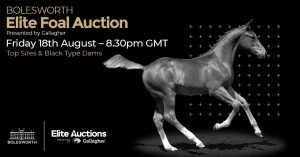Horse Scout has a great website for buyers and sellers alike. The sales and professional pages are full of information and clear to read. This makes it so much easier for both buyers and sellers. Having all relevant information sorted into categories make it easy to make informed choices when looking at the horses form or potential. Good photographs make a difference to a viewers initial decision and Horse Scout offers both stills and video footage.
10 Helpful Hints when Buying or Selling Horses
1. As a seller write your advert carefully and be accurate in your description, don’t advertise your horse 100% in traffic if you have only ever ridden him down quiet country lanes. Both Sellers and Buyers should keep a copy of the advert which can be useful if there is a dispute in the future.
- If you are having the horse vetted which is always recommended, do not use the regular vet of the seller. You must instruct an independent vet and pay for the vet direct.
- If it is important that the horse is good to load, ask to see him load. If you ask the seller to confirm that the horse is vice free get the seller to warrant that the horse is vice free by writing it down. As a Seller, if you have told the Buyer that the horse is green and has never been ridden out alone before, for example, write this down and ask the buyer to sign it acknowledging the fact.
- Don’t buy a horse without its passport.
- Be realistic about your abilities – don’t over horse yourself.
- If you discover a problem with your horse inform the seller immediately and keep copies or notes of all correspondence.
- When you go to try or look at a horse to buy always take an experienced person with you if you are a novice.
- If the Seller is selling on behalf of someone else, if appropriate contact the Owner direct. Whenever looking at a horse ask lots of questions about vices, what it has done, its breeding, competition record, laminitis, sweet itch, lameness etc.
- Cut your losses – If all has gone wrong and you end up with an unsuitable horse, come to terms with the fact and don’t always insist on litigation which can be expensive, consider selling it to a more suitable home. As a Seller, if a horse proves to be unsuitable for a Buyer consider taking the horse back and finding an alternative buyer, if the horse is genuine this shouldn’t be a problem.
- Always have a written contract, with details of the buyer, seller, price and warranties (if any) given signed by both parties.





